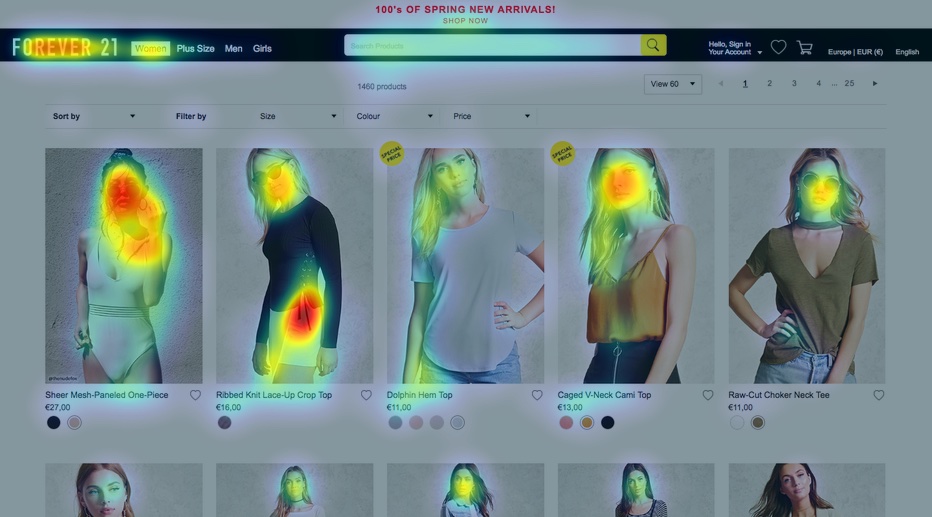I’ve been noticing more and more how dependent my buying decisions are being swayed by customer reviews. When I’m on Amazon and have 100 different options for the same type of product, I filtered out the majority of them by asking it to only show me the ones with 4+ stars. I do the same thing when deciding where to eat. Which restaurant has the type of food I want but also realistic sounding testimonials that are recent. There have been many times, out of fatigue and frustration, that I choose completely based on the reviews. I suspect I’m not the only one doing this.
Reviews are important all of the time, but as the holidays approach and we all get more and more stressed about getting everything done, it’s very likely your website visitors will appreciate any kind of sign post along the way that helps them determine whether your product or service can provide the solution they are looking for. So, before it’s too late, let’s explore 3 effective strategies to collect valuable customer feedback with your website before the holiday rush.
What is Customer Feedback So Important to Online Shoppers?
Online shoppers lack the tangible experience of physically inspecting products or interacting with sales associates, making them more reliant on the experiences and opinions of fellow customers.
Feedback provides crucial insights into product or service quality, reliability, and seller trustworthiness. It helps online shoppers mitigate risks, make informed choices, and find items that align with their needs and preferences.
Furthermore, customer reviews foster a sense of community and trust, allowing shoppers to feel more confident when navigating endless online options.
Create Engaging and Targeted Surveys
Surveys are a tried-and-true method for collecting customer feedback, and they can be seamlessly integrated into your website to capture insights before the holiday rush. However, not all surveys are created equal. To maximize the value of your surveys, follow these guidelines:
Define Clear Objectives
Customers are more likely to complete shorter surveys. Avoid overwhelming them with lengthy questionnaires. Focus on a few critical questions that provide actionable insights. For instance, you might ask about their preferred holiday shopping channels, their most anticipated products, or any concerns they have regarding your services during the holiday season.
Time It Right
Consider the timing of your surveys. For instance, you can implement exit-intent pop-up surveys that appear when a customer is about to leave your website. Alternatively, you can send email surveys after customers make a purchase but before the holiday rush begins, ensuring you capture their thoughts while their experience is still fresh.
Personalize the Experience
Personalization can significantly improve survey participation rates. Use customer data to tailor questions. For example, if a customer has a history of buying electronics, you can ask specific questions related to this product category. Personalized surveys make customers feel valued and understood.
Incentivize Participation
Offering incentives can motivate customers to complete your surveys. Consider providing discounts, exclusive offers, or the chance to win a holiday-themed gift basket. These incentives can increase participation rates and provide a direct benefit to customers.
Implement Website Analytics and Heatmaps
While surveys offer direct feedback, website analytics and heatmaps provide a different angle for understanding customer behavior and preferences. These tools can reveal valuable insights into how customers interact with your website and what they are looking for before the holiday rush.
Utilize Google Analytics
Google Analytics is a robust tool that allows you to track user behavior on your website. It provides data about which pages are most visited, where visitors drop off, and even demographic information about your audience (if you opt in). If you had Google Analytics set up during the last holiday season, review your website’s performance over to identify trends and areas for improvement.
Heatmaps for User Engagement
Heatmaps visually represent how users interact with your website. They can show where users click, how far they scroll down a page, and which areas receive the most attention. Heatmaps provide valuable insights into the effectiveness of your website layout and content.

A/B Testing
A/B testing, also known as split testing, is a method used to assess the effectiveness of different variations of a webpage or website element. Two versions, A and B, are created with a single differing element, such as a headline, button color, or layout. These variations are then shown to different groups of website visitors simultaneously.
By tracking user interactions and conversion rates, A/B testing helps determine which version performs better and yields the desired outcomes, such as higher click-through rates, increased sign-ups, or more sales. It’s a data-driven approach that enables website owners to make informed decisions about design and content, ultimately optimizing their site for better user engagement and achieving specific business objectives.
Using A/B testing to experiment with different website elements before the holiday rush can help to optimize your website before traffic increases dramatically. You can test variations of product descriptions, call-to-action buttons, or even the layout of your homepage. A/B testing helps you identify which changes lead to improved user engagement and conversion rates.
Monitor Cart Abandonment
Cart abandonment is a common issue befor and during the holiday season. Use website analytics to monitor the cart abandonment rate and identify the reasons behind it. Implement strategies to address these issues, such as offering free shipping, streamlining the checkout process, or sending cart abandonment emails with personalized incentives.
Leverage Social Listening and Online Communities
Customer feedback is not limited to your website alone. Customers often share their thoughts and experiences on social media and online communities. Monitoring these channels can provide valuable insights into customer sentiment and expectations before the holiday rush.
Set Up Social Listening Tools
Social listening tools allow you to track mentions of your brand, products, or industry keywords across social media platforms. These tools provide real-time insights into what customers are saying about your business. Look for patterns in feedback and sentiment to understand customer expectations.
Engage in Online Communities
Participating in online communities related to your industry or niche can be enlightening. Customers often share their experiences and opinions in these forums. Engaging in discussions and listening to customer conversations can provide valuable insights into pain points and expectations.
Address Negative Feedback Promptly
Negative feedback on social media can quickly escalate if not addressed promptly. Respond to negative comments with empathy and a commitment to resolving the issue. This not only helps retain the individual customer but also demonstrates your dedication to customer satisfaction to others who may be reading.
Analyze Competitor Feedback
Don’t limit your analysis to your own brand. Pay attention to what customers are saying about your competitors. Are there recurring complaints or issues that you can proactively address in your own offerings before the holiday rush?
Bonus Tip!
Another action that business owners can take to gather customer feedbak is to conduct a Website Assessment. This involves an analysis of your website’s design, functionality, and feedback. It helps you identify areas where visitors might be dropping off or experiencing difficulties. By understanding these pain points, you can implement targeted improvements to enhance the overall conversion process.
Take Away
Gathering valuable customer feedback before the holiday rush is essential for ensuring a successful and smooth holiday season for your business. Implementing surveys, website analytics, and social listening tools can provide you with a comprehensive understanding of customer preferences, pain points, and expectations. By taking a proactive approach to collecting and analyzing feedback, you can make data-driven decisions that enhance the customer experience, boost sales, and set your business up for success during the holiday rush. Remember that customer feedback is a continuous process, and the insights you gather before the holidays can also inform your strategies throughout the year.


